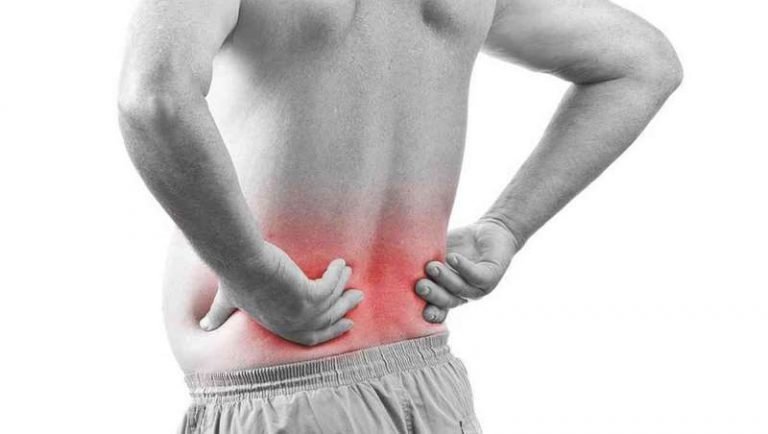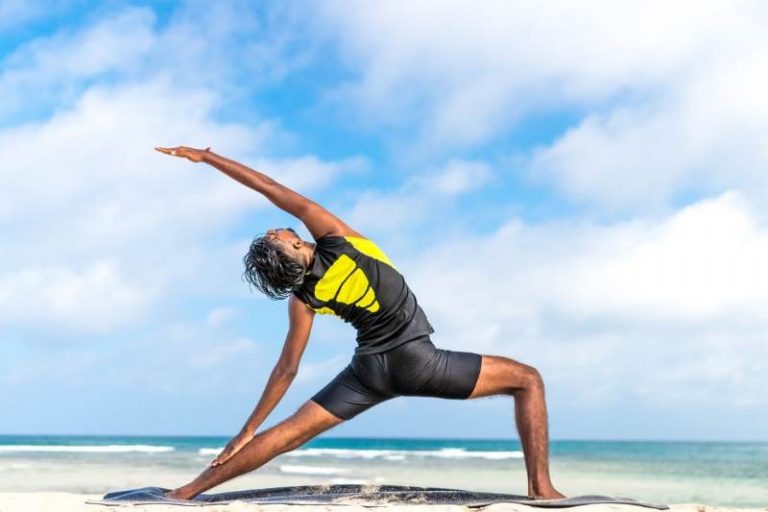
The Latest on Lower Back Pain
The Latest on Lower Back Pain
With all of this mild weather we have been experiencing in the Okanagan it really does feel like spring is just around the corner. I’m sure many of you have started to do some work in your yards in preparation for the gardening season. Each year during the start of spring there is something that comes along with the longer days and warmer temperatures: lower back injuries.
So what can we do to avoid hurting our backs?
A recent study published in the Journal of Arthritis Care and Research looked at just shy of a thousand patients over the age of 18. They found 8 different risk factors for lower back pain. In order of highest to lowest risk the 8 factors were: distraction during a task, manual tasks involving awkward postures, manual tasks involving objects not close to the body, manual tasks involving people or animals, manual tasks involving unstable or unbalanced objects, manual tasks involving heavy loads, moderate or vigorous physical activity, fatigue/tiredness. Being fatigued tripled the odds of suffering a lower back injury, while distraction increased the risk by 25 times! So based on this recent information when you are getting outside to do your yard work or gardening this spring make sure to remember this list and try to avoid these risk factors. Take frequent breaks during your day to avoid fatigue. When lifting, bring objects close to your body and focus on what you are doing to avoid distraction. When lifting, bend at your hips and knees (sticking the butt out) while keeping a straight spine to minimize dangerous pressure on the spinal discs and joints. As well, a recent study done at the University of Sydney in Australia found that almost half of the lower back injuries they looked at occurred in the morning between 8 and 11 am. The cause is yet unknown but it is thought that it may be due to the fact that your spinal discs fill with fluid overnight, making them more susceptible to pressure in the first few hours of your day. It makes sense then to take your time in the morning when possible and make sure your muscles and joints are warmed up before jumping right into your ‘spring cleaning’. Of course we don’t live in a perfect world where we can always completely avoid risk of injury. But keeping some of these latest study results in mind I hope that you can stay healthy during this upcoming spring season.

Graham Gillies is a registered Physiotherapist at Sun City Physiotherapy Winfield and is a fellow of the Canadian Academy of Manipulative Therapy and a certified Gunn IMS and acupuncture practitioner.

